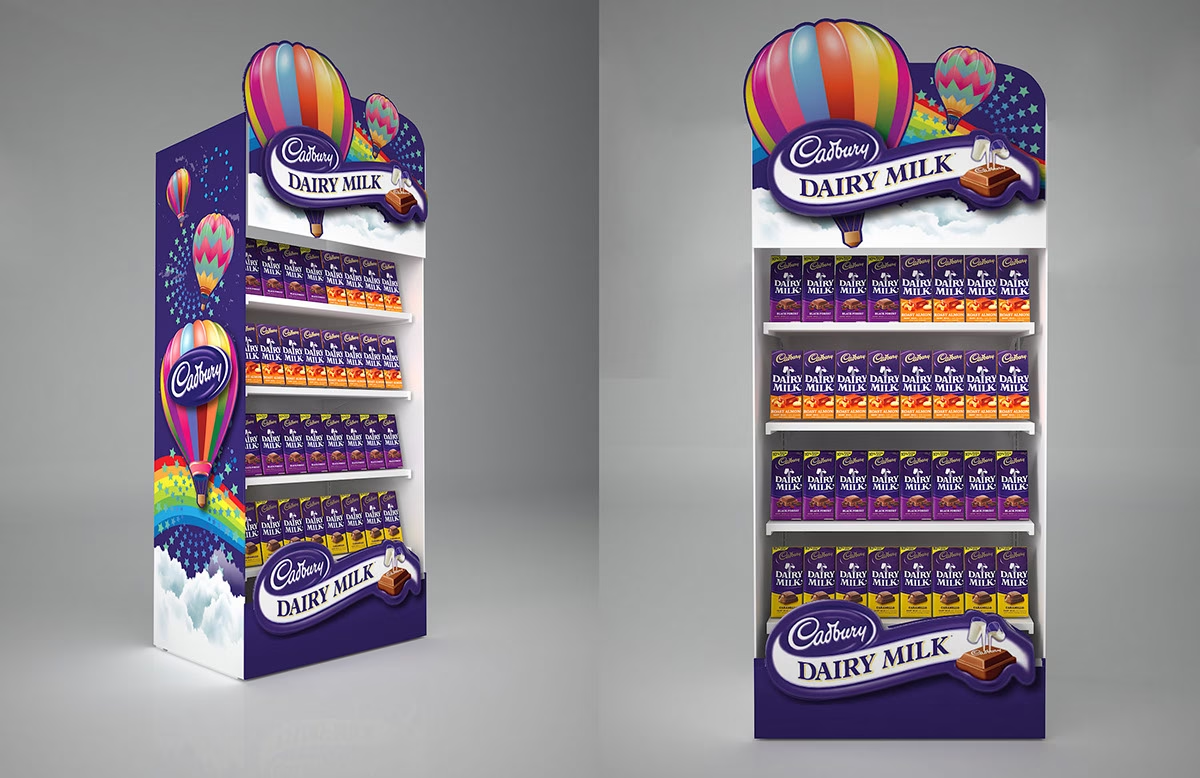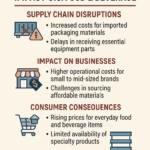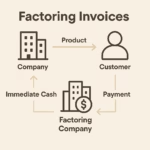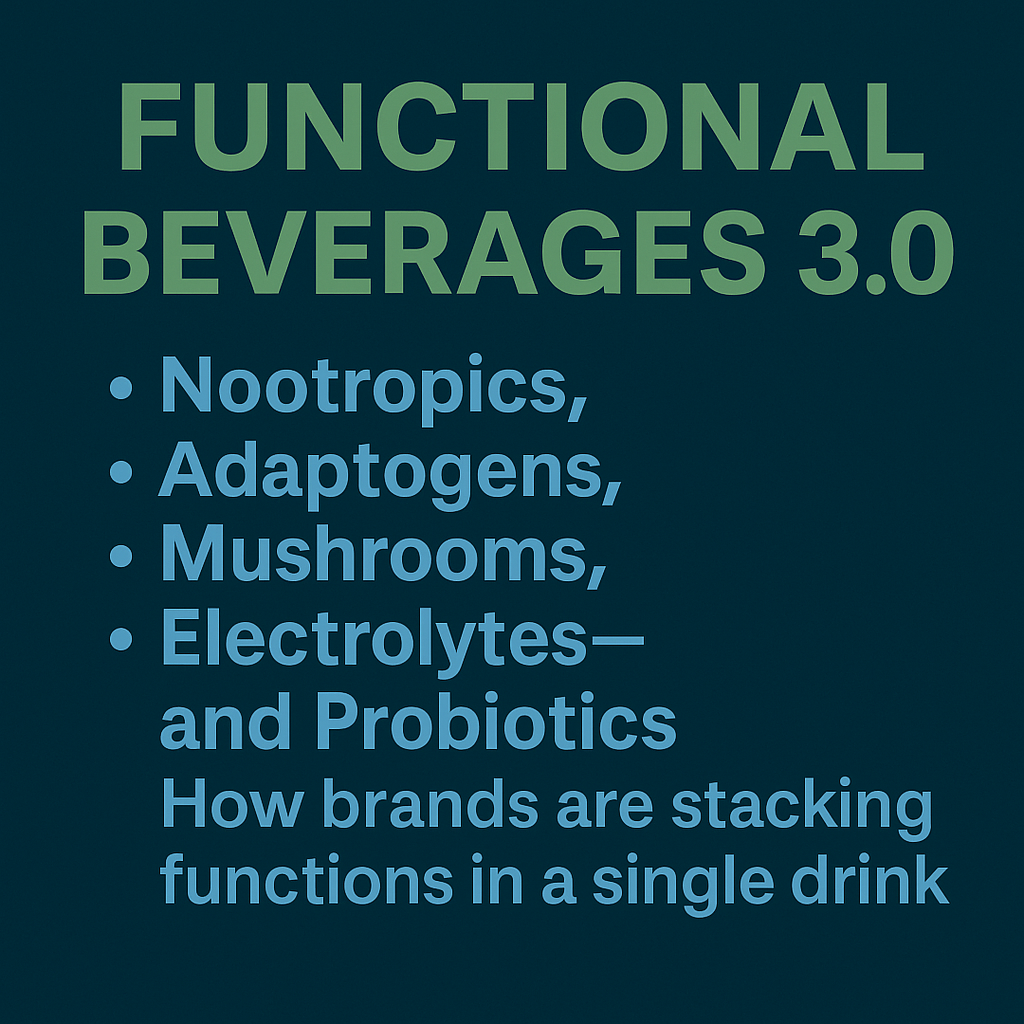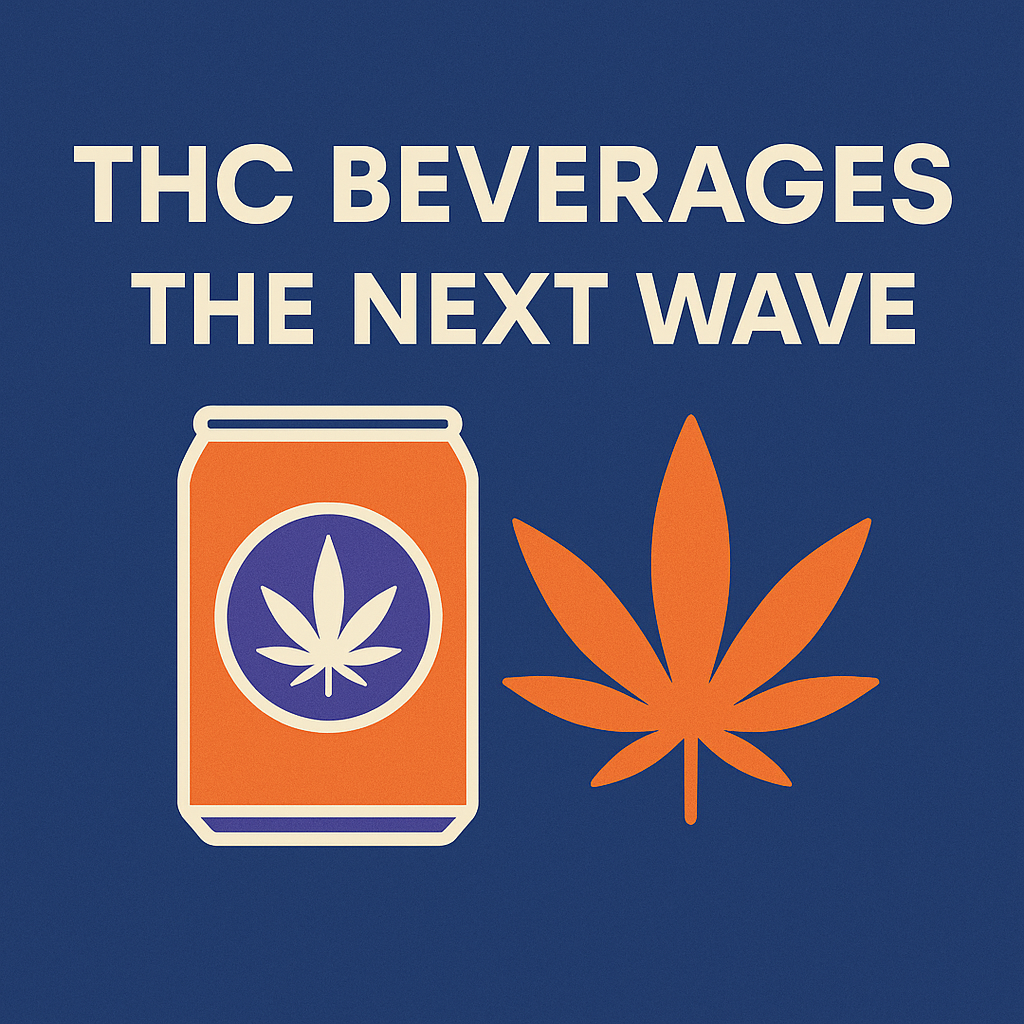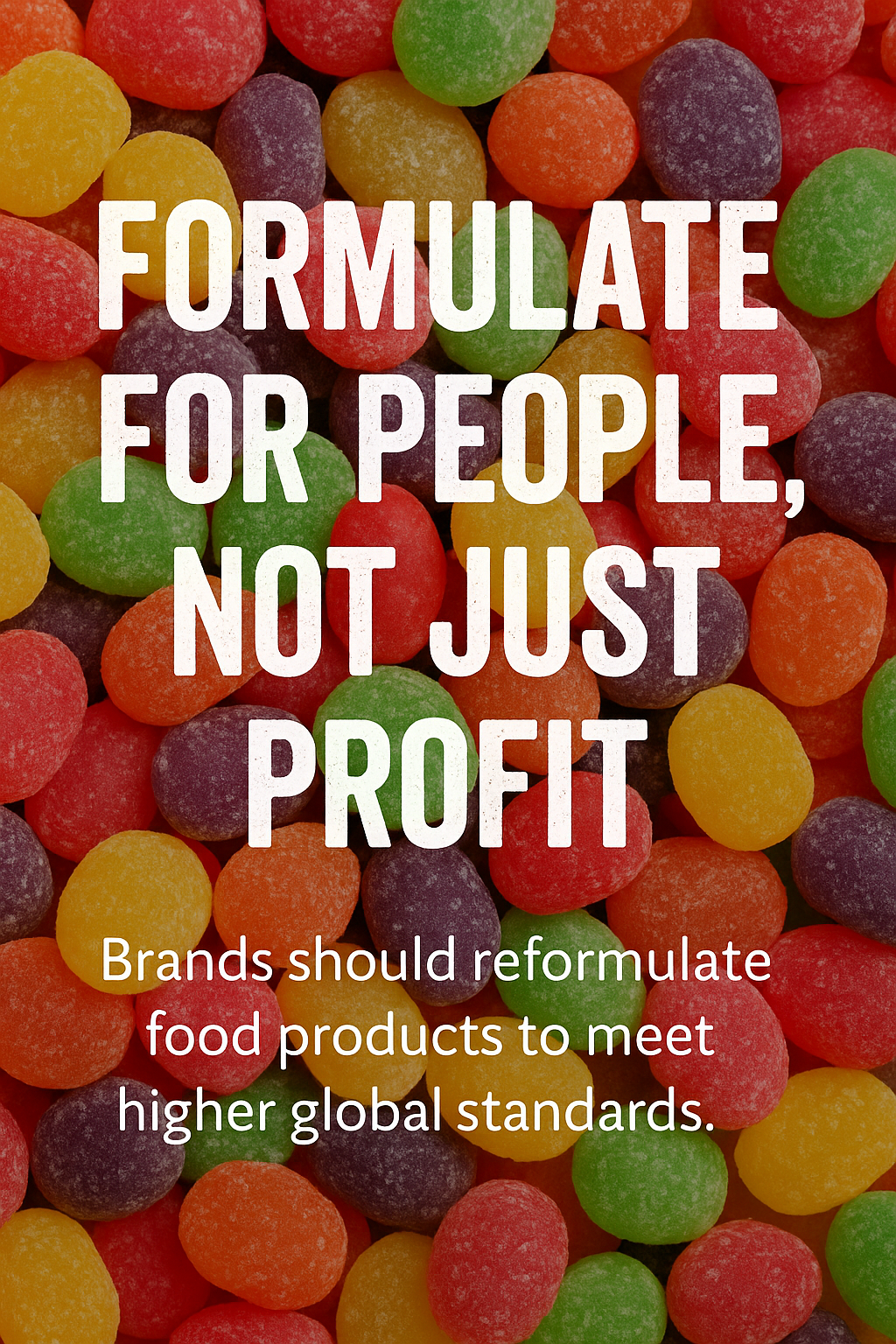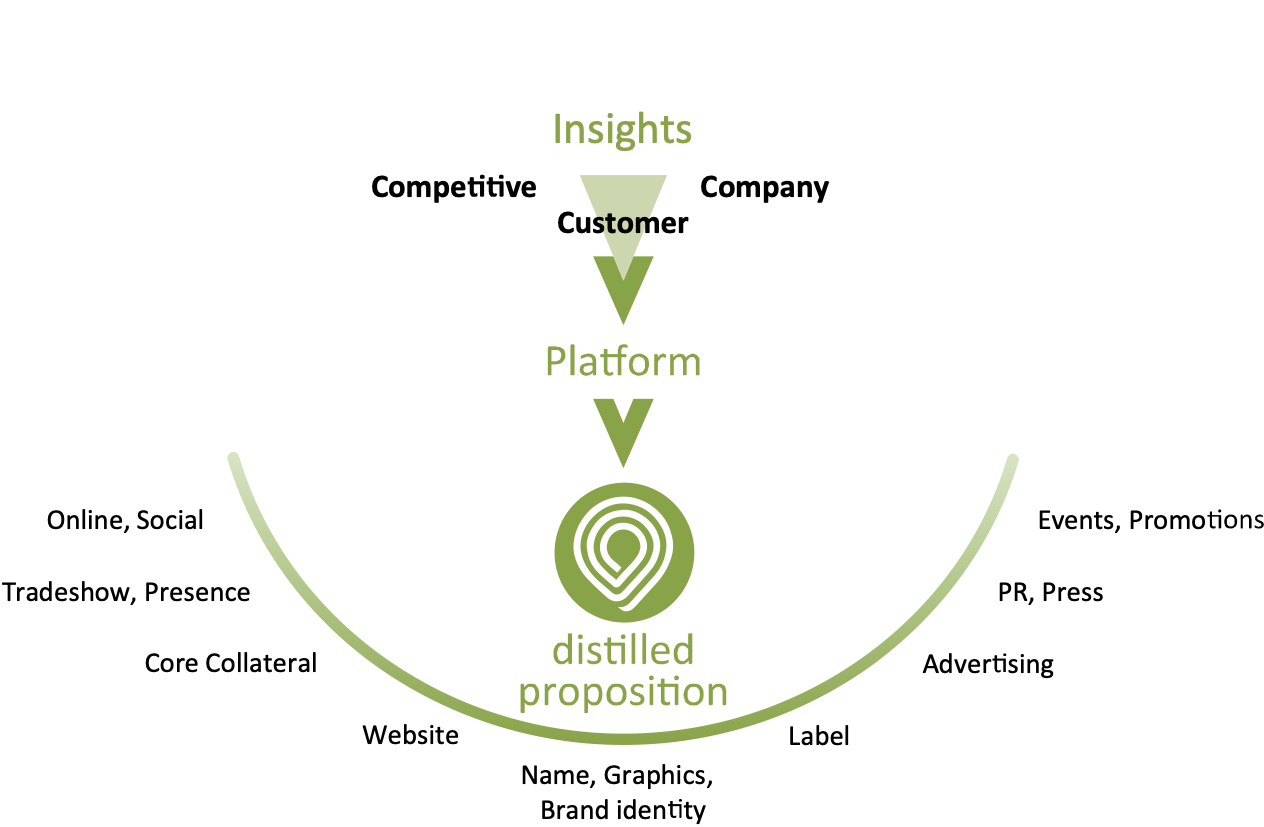The functional beverage space is evolving—fast. What started with protein shakes and vitamin waters has transformed into a sophisticated market…
Shelf Power: The Key to Food & Beverage Sales
Don’t Just Get on the Shelf—Win the Shelf!
It doesn’t matter if your product is organic, hand-crafted, or award-winning—if it’s hard to find, under-merchandised, or buried next to a more prominent competitor, you’re losing the sale.
From cold drinks to snacks, chips, chocolate, and nuts, what wins at retail isn’t always what tastes best or has the slickest Instagram. It’s what’s well-merchandised, easy to grab, and visually commanding.
Whether you’re an emerging brand or managing a portfolio of national SKUs, your real battlefield is the shelf—and that includes refrigerators, checkout racks, clip strips, floor stacks, and displays. In this post, we explore what merchandising really does, why POS (Point of Sale) matters, how to organize your products, where they should sit in a fridge, and why having clear standards—and enforcing them—is a non-negotiable.
1. Merchandising Drives Real Sales—Here’s the Proof
Merchandising isn’t just “looking nice.” It’s sales execution.
When your products are displayed correctly—with the right facings, signage, and shelf placement—shoppers notice and buy. When they’re not, your product might as well be invisible.
Approximate sales lift from strong merchandising:
- +10% to 30% overall sales increase when merchandising standards and visuals are properly applied (Nielsen, IRI, industry reports)
- +7% to 12% sales lift from in-store POS materials like shelf talkers, tags, wobblers, and clings
- +17% to 32% for premium snacks and chocolate brands using color-blocked displays and bundled promotional signage
- +25% increase for cold products placed nearest the cooler handle versus the far end or bottom shelf (Kantar eye-tracking studies, category resets)
These numbers vary by category and channel, but the direction is clear: great merchandising moves product. Period.
2. Color Break vs. Sales Performance: What’s the Better Merchandising Strategy?
This is one of the oldest debates in retail: should you merchandise by color break (to maximize visual impact) or sales performance (to drive revenue and movement)?
Color Break:
- Great for stopping the shopper visually—especially in cold vaults, center store, or endcaps
- Helps with brand building, flavor awareness, and storytelling
- Common in categories like better-for-you snacks, chips, and RTD beverages
Sales Performance:
- Prioritizes your top sellers in prime positions (eye level, center of shelf, or grab zone)
- Ensures your highest-velocity SKUs get the highest visibility
- Especially important for checkout racks, shelf resets, and limited space situations
Best Practice: Combine both. Use color blocking within performance-based clusters. That way you maintain visual consistency while ensuring your hero SKUs are in the most visible positions.
3. In a Fridge: Should Your Best Seller Be Near the Handle?
Yes—without question.
In refrigerated sets (think beverages, bars, dips, and fresh snacks), position is everything. The area closest to the cooler handle is prime real estate.
Why?
- It’s the first thing shoppers see when opening the door
- It’s the fastest, easiest grab point, especially in quick trips
- According to in-store behavior studies, items near the handle outsell far-end or bottom shelf items by 15–25%
If you can only get one SKU in the best position, make it your best seller or most profitable item. If you’re launching a new SKU, consider temporarily replacing a weaker seller near the handle to drive trial.
4. Merchandising Standards: Your Brand’s Blueprint for Success
A product with no merchandising standards is like a restaurant with no menu. Standards define how your brand should appear in stores—consistently, professionally, and in a way that sells.
Key merchandising standards typically include:
- Number of facings per SKU per store type
- Ideal shelf position (eye level, middle shelf, checkout rack, cooler handle, etc.)
- POS expectations (what materials to use, where, and how often)
- Restocking rules, including FIFO (first in, first out), expiration checks, and code rotation
- Condition of displays—clean, stocked, on-brand, and free of competitor intrusion
- Visual planograms that distributors, brokers, and reps can easily follow
Whether you’re in 100 stores or 10,000, these standards help you scale execution—and avoid chaos. More importantly, they let others know what “right” looks like when you’re not there.
5. How Important Is Applying Those Standards?
Let’s be clear: just having standards is not enough. You have to train, enforce, and audit them.
You might only get 70–80% compliance, but that’s still significantly better than relying on guesswork. Brands that consistently apply their standards through field teams, brokers, and store audits:
- Reduce out-of-stocks
- Improve sales velocity
- Build stronger retailer relationships
- Spot competitor encroachment early
- Maintain visual consistency that reinforces the brand
Standards also give you leverage when negotiating shelf resets or space expansions: you can show what your product looks like when it’s done right—and why it works.
6. Best Practices: How the Pros Win at Merchandising
The best-performing food and beverage brands obsess over execution. Here’s how they do it:
✅ Create a playbook: one-pagers or PDF guides with visual merchandising specs for every channel
✅ Audit stores monthly: use photos, timestamps, and app-based checklists (like Repsly or GoSpotCheck)
✅ Align sales and ops: ensure distributors, brokers, and sales reps are working from the same playbook
✅ Use POS seasonally: rotate materials to reflect campaigns like “Back to School,” “Dry January,” or “New Year, New You”
✅ Customize for channel: use clip strips for grocery, floor stacks for club, bold top-shelf signage for specialty retail
✅ Own the fridge (if you can): brands that control the cooler or secondary displays often double their sales vs. shelf-only presence
7. Why Outsourced Merchandising Might Be a Game-Changer
Most new brands assume their distributor will handle merchandising. In reality:
- UNFI and KeHE do not send reps to most stores
- DSD beverage and snack distributors may visit once a week—or not at all
- Convenience and independent stores rarely reset shelves unless someone asks
- Chain compliance isn’t guaranteed unless someone enforces it on-site
That’s where outsourced merchandising comes in. Services like Basemakers, Dirty Hands, or Retail Smarter send trained field reps to:
- Restock your products
- Fix displays and facings
- Remove expired/damaged units
- Re-set according to your standards
- Place or rotate POS materials
- Report back with photos and data
Yes, it costs money—usually $12–20 per store visit—but the return in sales, brand control, and velocity is usually immediate. If your product isn’t being restocked or properly displayed, you’re wasting your slotting fees and ad spend.
Final Thought: The Shelf Isn’t Neutral—It’s a Battleground
If you aren’t controlling how your product appears in stores, you’re handing that control to someone else—usually your competitor or a disinterested merchandiser.
In a world where shoppers make split-second decisions in crowded aisles and crowded minds, merchandising and POS are not afterthoughts. They are frontline weapons.
So whether you sell trail mix, sparkling water, keto bars, or spicy chips, treat every inch of shelf like it’s your billboard. And fight for every facing like it’s your next customer.
Because it is.
@basemakers @dirtyhands @retailsmarter

